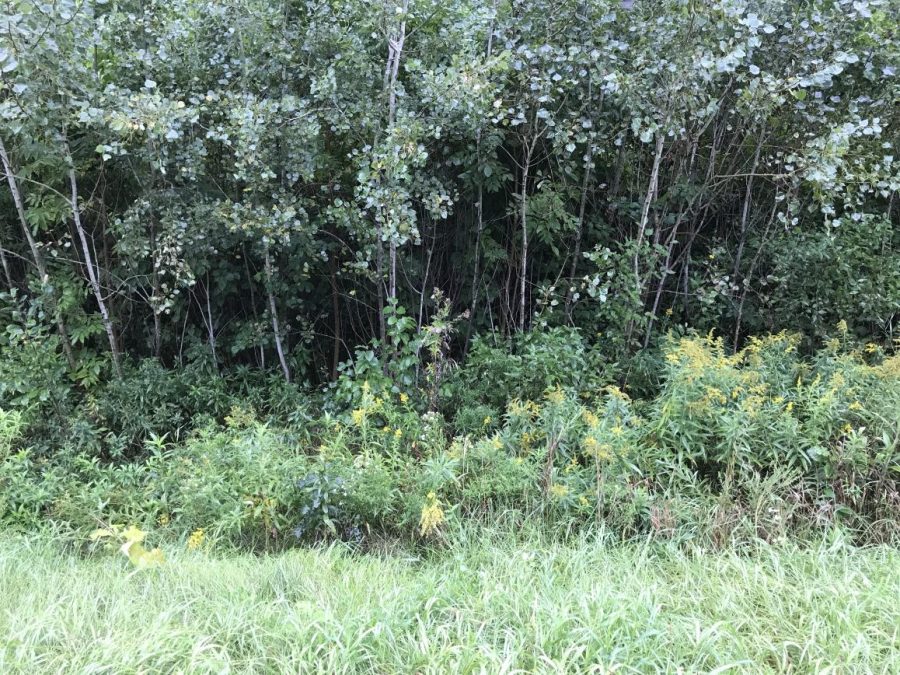New student organization teaches how to find edible plants in nature.
Learn what you can eat and where to find it at the foraging club.
More stories from Winter Heffernan
Photo by Winter Heffernan
There could be free food in your own backyard
The Foraging Club is a new student organization, advertised by their leaf shaped posters on advertising boards all around campus.
The club focuses on teaching members how to identify, harvest and prepare plants that can be found in the wilderness. These could be invasive species or plants that are native to our area.
Ella DeRosier, the founder and current president of the club, spoke about why she started the club.
“I live in the middle of the woods, and I realized there is a lot of food around me.” DeRosier said, “You can eat a lot of this stuff. So I got into foraging and realized, ‘This is awesome. Why don’t more people know about it?’”
DeRosier said the club has already obtained 15 members and a few other interested people who haven’t had the time to attend yet.
Parker Peters, the club treasurer said, “I really like the idea of going out into the woods and being able to identify different types of plants. It is really helpful to be able to identify what plants are edible.”
The club’s meetings are on Tuesday afternoons from 3 p.m. to 4 p.m. in the Ho-Chunk room on the third floor of the Davies Student Center.
An attendant can expect educational videos and presentations on how to find, identify, prepare and finally eat plants. Attendants can also expect Kahoot quizzes on foraging, conversation with members and recipes that use plants that can be obtained during foraging.
DeRosier was able to provide some books on the topic of foraging. She said she recommends The Forager’s Harvest and Nature’s Garden, both written by Samuel Thayer.
She said that the internet is also a very useful source to learn about foraging, but that you need to be careful when determining if a source is credible.
DeRosier was also able to give some examples of some foragable plants that can be seen on campus. The University does spray everything with pesticides, so these plants should not be eaten.
Sumac can be seen all over campus with large shoots with red berries. Both the berries and the centers of new shoots can be eaten. DeRosier said the outside layers of the shoots need to be cut off before eating the insides.
According to DeRosier, sumac berries taste like citrus and the shoots are fruity. She said that sumac can be ground up and used like a spice.
As April showers have been common in the past few days, we will soon start to see dandelions popping up. DeRosier said that all the parts of a dandelion can be eaten, but that people with latex allergies should avoid the stem.
She said that acorns can also be harvested and eaten. If you boil the acorns you can leach out the tannins, which make the acorns bitter. Without the tannins, acorns taste very good, DeRosier said.
She also said it is incredibly important to do your own research before eating any plant that you forage. Some plants are hard to identify or have look-alikes that are harmful when eaten or not prepared correctly.
Heffernan can be reached at hefferjs9199@uwec.edu.


